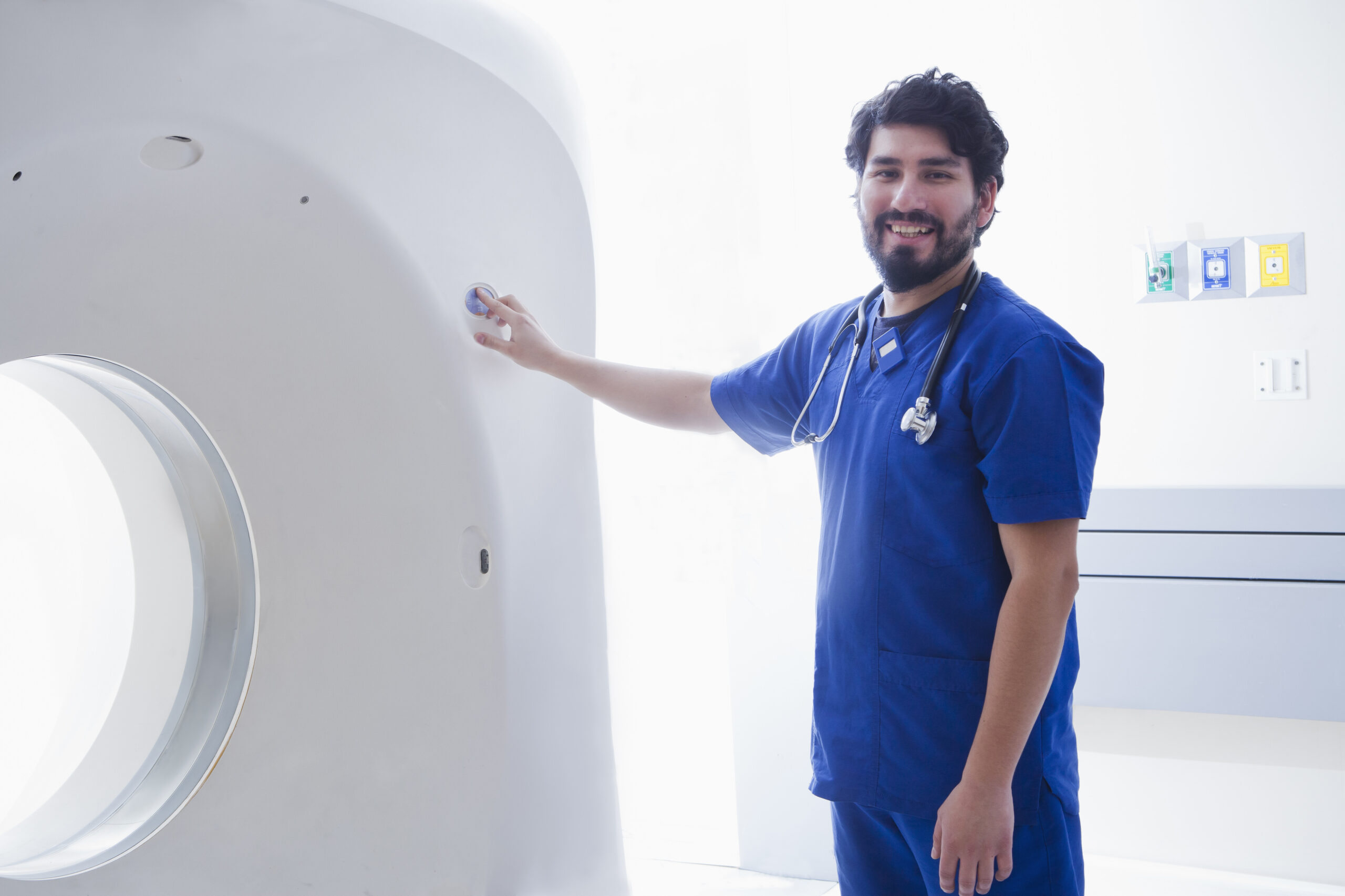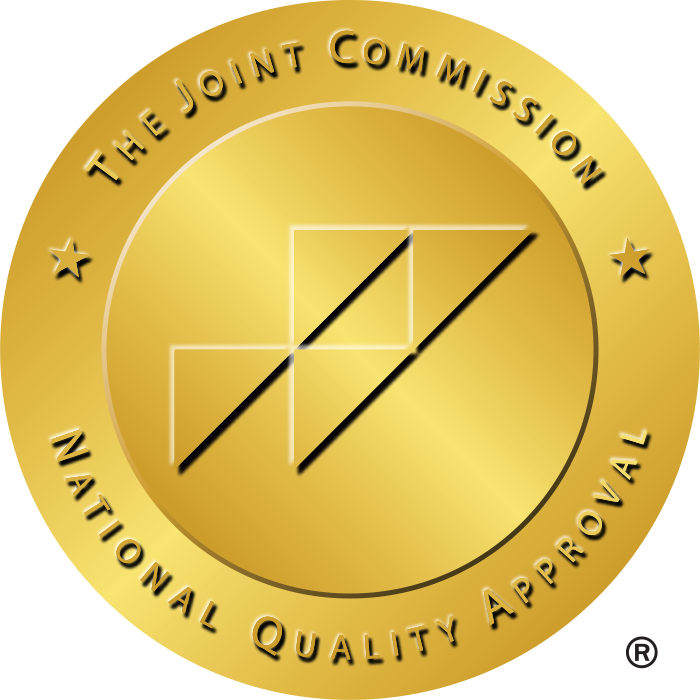Introduction
With a growing need for healthcare services, Advanced Practice Providers (APPs) such as Nurse Practitioners (NPs) and Physician Assistants (PAs) play a critical role in delivering high-quality care. Although both professionals perform many overlapping duties—such as diagnosing conditions, prescribing medication, and managing patient care—they differ in educational background, clinical training, autonomy, and scope of practice.
This article compares NPs and PAs in terms of education, independence, specialties, and earning potential to help aspiring healthcare professionals choose the right career path.
Educational Tracks and Training Differences
Nurse Practitioner (NP) Education and Training
- Requires a Bachelor of Science in Nursing (BSN) or an RN-to-BSN bridge program.
- Must pass the NCLEX-RN to become a Registered Nurse.
- Advanced degrees such as Master of Science in Nursing (MSN) or Doctor of Nursing Practice (DNP) are required.
- Programs include coursework in clinical assessment, diagnostics, and population-specific specialties (e.g., pediatrics, psychiatry).
- Certification is required through boards like ANCC or AANP.
Physician Assistant (PA) Education and Training
- Requires a bachelor’s degree in health sciences or related fields.
- Typically, 1,000+ hours of direct patient care experience is needed for PA program entry.
- Enroll in a Master of Physician Assistant Studies (MPAS) or equivalent program.
- Curriculum is medical-model-based, covering pathology, pharmacology, clinical procedures, and diagnostics.
- Must pass the PANCE (Physician Assistant National Certifying Exam).
- Recertification and continuing education are required every ten years.
Scope of Practice and Autonomy
NPs: Independent Practice
- In many states, NPs have full practice authority—they can diagnose, treat, and prescribe medications without physician supervision.
- May own private practices and serve as primary care providers.
- In restricted-practice states, NPs may require physician collaboration.
PAs: Collaborative Practice
- Work under the supervision of a licensed physician.
- Some states allow greater autonomy through Optimal Team Practice (OTP) policies.
- Typically function in a collaborative care model with physicians, especially for complex conditions.
Prescriptive Authority
- NPs can prescribe medications, including controlled substances, independently in full-practice states.
- PAs may require physician sign-off to prescribe certain drugs, depending on state laws and institutional policies.
Specialization and Work Environments
NP Specialties
- Family Nurse Practitioner (FNP)
- Adult-Gerontology NP (AGNP)
- Pediatric NP (PNP)
- Psychiatric-Mental Health NP (PMHNP)
- Acute Care NP (ACNP)
NPs work in:
- Primary care and outpatient clinics
- Hospitals
- Specialty clinics
PA Specialties
- Emergency Medicine
- Orthopedic Surgery
- Cardiology
- Dermatology
- Surgical Specialties
PAs are known for their flexibility to switch specialties without additional certifications and often work in:
- Hospitals
- Surgical centers
- Specialty care units
Career Opportunities and Salary Comparison
- NPs: Projected job growth of 45% from 2022–2032
- PAs: Projected job growth of 27% during the same period
Median Annual Salaries
- NPs: $124,680
- PAs: $126,010
Salary variations depend on:
- Specialty
- Location (urban vs. rural)
- Years of experience
PAs in surgical or hospital-based specialties typically earn more, while NPs in independent practices may enjoy better long-term financial outcomes.
Conclusion
Choosing between a Nurse Practitioner and Physician Assistant career depends on personal preferences, such as desired practice setting and level of independence.
- Choose NP: If you prefer patient-centered care, long-term relationships, and independent practice.
- Choose PA: If you’re drawn to medical diagnostics, surgical procedures, and interdisciplinary collaboration.
Both careers offer excellent job stability, rewarding salaries, and the opportunity to make a significant difference in patient care. As medicine continues to evolve, NPs and PAs will remain essential pillars of the healthcare system, improving access, outcomes, and efficiency across all settings.







